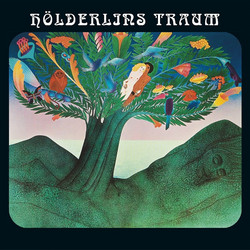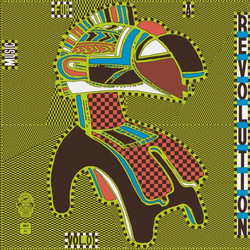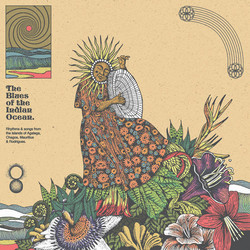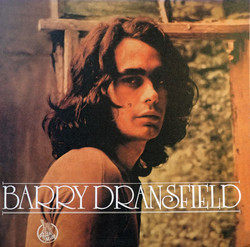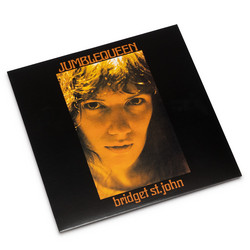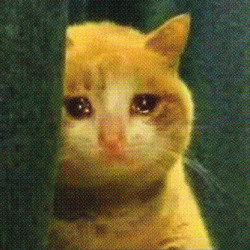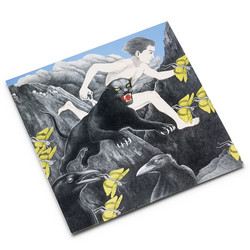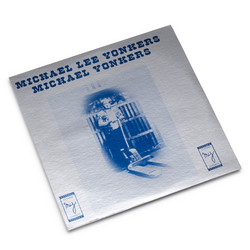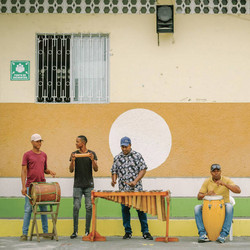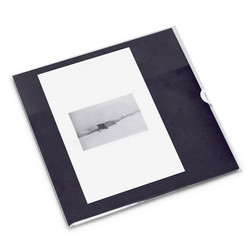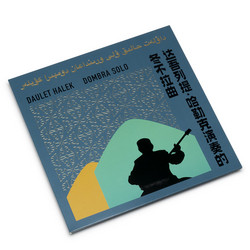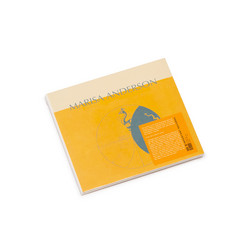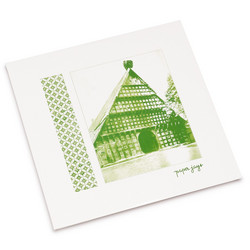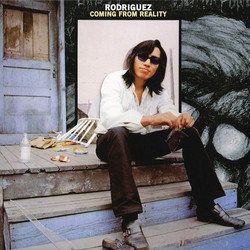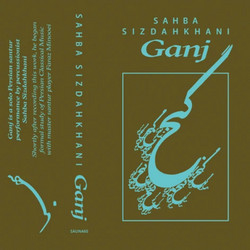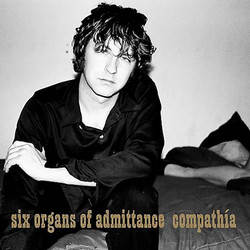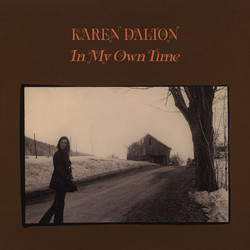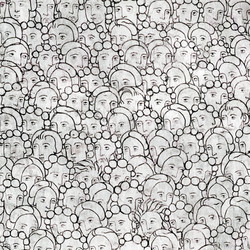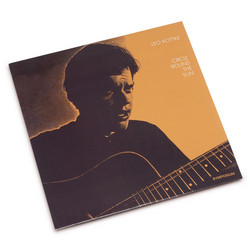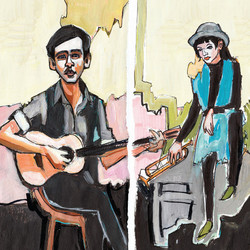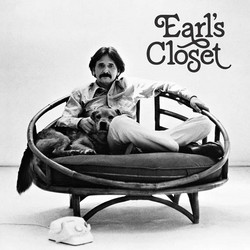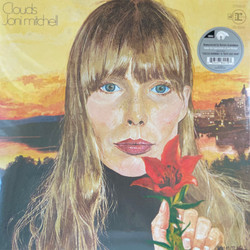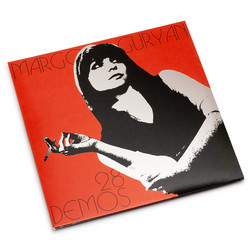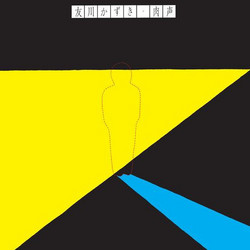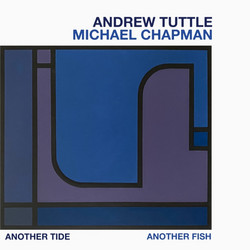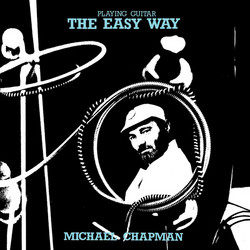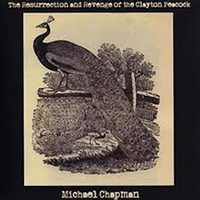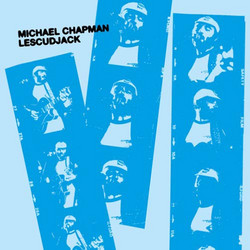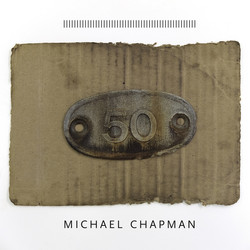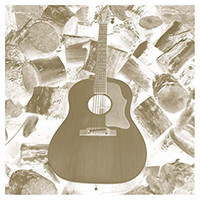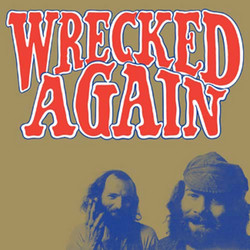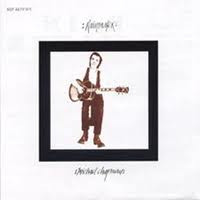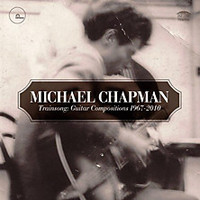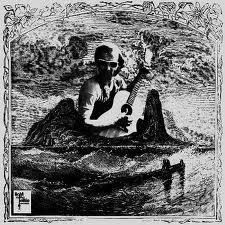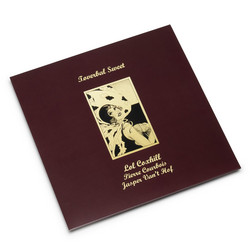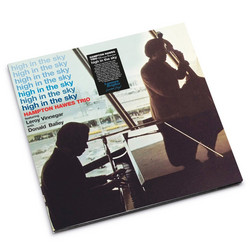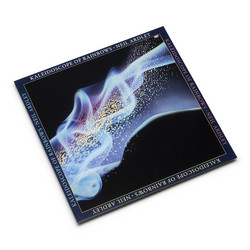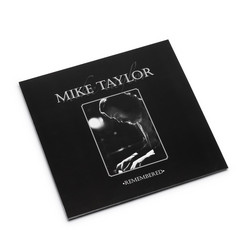Michael Chapman
And Then There Were Three (2LP)
*Limited edition of 500 copies.* Michael Chapman - a hero in his own right, a "Fully Qualified Survivor" (to borrow the title of one of his most successful creations). For over five decades, the guitarist, singer, and songwriter carved his own path through British folk, blues, jazz, and avant-garde territories, refusing easy categorization and outlasting countless trends. And Then There Were Three captures him at a pivotal moment: 1977, stripped down to essential elements, backed by a powerhouse rhythm section, live and uncompromising. Lantern Heights' personal tribute takes the form of this astonishing previously unreleased live album on vinyl - a document that's been waiting in the archives for nearly half a century, and it shows exactly why Chapman's reputation has only grown with time. Recorded at Nottingham's Playhouse Theatre on July 23rd, 1977, this is Chapman with Rod Clements (bass, from Lindisfarne) and Keef Hartley (drums, veteran of John Mayall's bands) - a lineup jokularly referred to as "a beast with three heads."
The title itself - And Then There Were Three - is classic Chapman humor, a wry reference to his ever-shrinking band configurations. But there's nothing diminished about this music. If anything, the trio format intensifies everything: Chapman's guitar work, both intricate and raw, has more space to breathe. Clements' bass playing, honed in Lindisfarne's folk-rock crucible, provides melodic and rhythmic foundation. Hartley's drumming - informed by years with Mayall, playing alongside British blues legends - propels without overpowering. The setlist showcases some of Chapman's best-loved songs, material that demonstrates his range: folk-influenced fingerpicking, blues-rock grit, jazz-inflected improvisation, all filtered through his distinctively English sensibility. This isn't American blues tourism or reverent folk preservation - it's Chapman's own synthesis, instantly recognizable, impossible to mistake for anyone else.
What makes this recording special isn't just the quality of the performance, though that alone would justify its release. It's the document of a particular moment in Chapman's long journey - post-folk boom, pre-rediscovery, when he was simply doing what he'd always done: playing, surviving, refusing to compromise. The "Fully Qualified Survivor" indeed - someone who kept making vital music regardless of fashion or commercial prospects. Chapman's influence has spread far beyond his commercial success might suggest. Artists from Thurston Moore to Steve Gunn to William Tyler have cited him as crucial influence, recognizing in his work a model for how to be both traditional and experimental, accessible and uncompromising. And Then There Were Three shows why: this is music rooted in tradition but never nostalgic, virtuosic but never showy, serious but never solemn.
The beast with three heads - Chapman, Clements, Hartley - creates something that transcends the sum of its parts. Individual brilliance in service of collective vision. The Playhouse Theatre in Nottingham, July 1977, becomes a space where British folk, blues, and jazz converge into something that can only be called Chapman music.
For Chapman completists, this is essential - a missing piece of the discography finally emerging. For anyone discovering his work, it's a perfect entry point - the survivor in his element, the beast unleashed, the music that kept him going through decades of changing scenes and shifting tastes.
